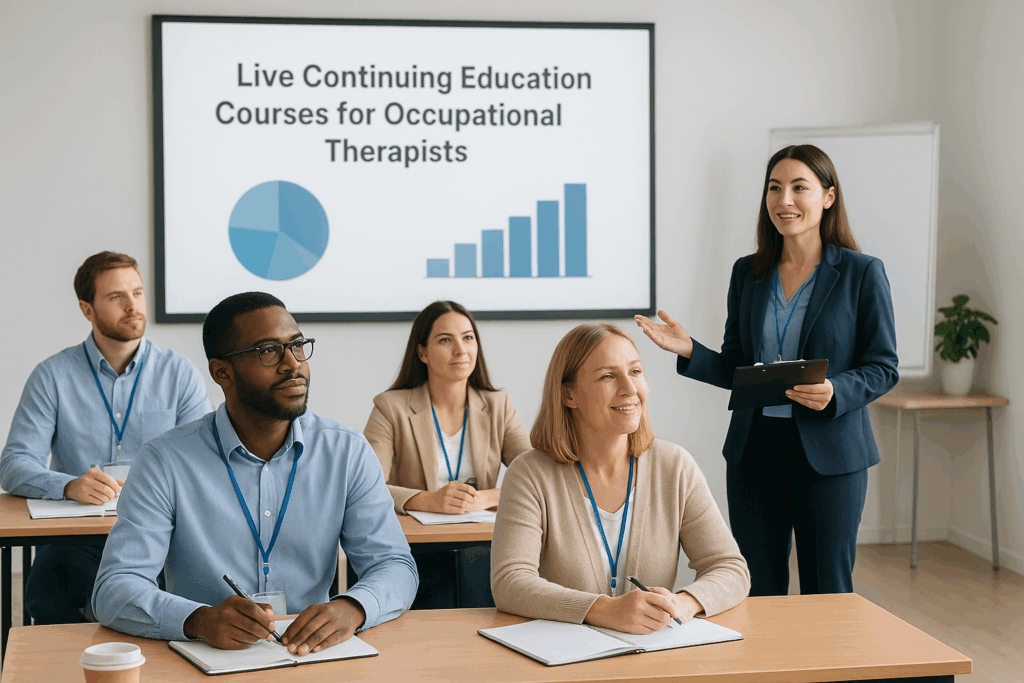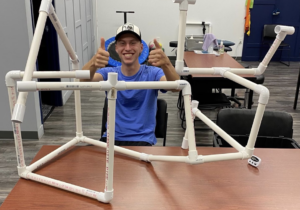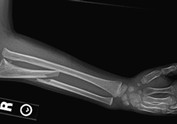Meilleures formations continues en direct pour ergothérapeutes
Classé sous Non classé
Introduction to Live Continuing Education for OTs
Occupational therapy is a constantly evolving field, and professionals must stay ahead of the curve to provide the best patient care. One of the most effective ways to grow as a practitioner is by taking cours de formation continue en direct pour les ergothérapeutes. These courses not only fulfill state licensure requirements but also provide opportunities to sharpen clinical skills, expand knowledge, and connect with fellow professionals.
Unlike pre-recorded or self-paced programs, live CEU courses bring interactive learning experiences to the forefront. Through real-time discussions, hands-on workshops, and direct access to instructors, OTs gain practical insights that can be applied immediately in practice.

Pourquoi la formation continue est essentielle pour les ergothérapeutes
Maintaining Professional Licensure
Every state in the U.S. requires occupational therapists to complete a certain number of unités de formation continue (CEU) to maintain their license. Live courses are often pre-approved by state boards and professional associations like the Association américaine d'ergothérapie (AOTA), making them a reliable choice for meeting these requirements.
Expanding Clinical Skills
Healthcare is dynamic, and OTs must keep up with emerging therapeutic techniques, new technologies, and evolving patient needs. From neurological rehabilitation to pediatric care, live CEU sessions provide up-to-date training directly from leading experts in the field.
Améliorer les résultats pour les patients
Ultimately, continuing education benefits patients. By learning the latest evidence-based strategies, OTs can offer improved interventions that enhance independence, reduce risks, and promote overall quality of life.
Live vs. Online Self-Paced CEUs: Which is Better?
Benefits of Live Continuing Education Courses
- Real-time interaction with instructors
- Opportunities to ask questions and receive immediate feedback
- Hands-on skill practice through workshops
- Networking with colleagues across specialties
Drawbacks of Self-Paced Courses
While convenient, self-paced courses may lack interactive components and practical applications. Learners can feel isolated, and it’s easy to procrastinate without structured deadlines.
Live courses, on the other hand, encourage accountability and deeper engagement.
Popular Topics in Live CEU Courses for OTs
CRPS treatment
Courses cover Complex Regional Pain Syndrome treatment and techniques to relieve symptoms.
Ergothérapie pédiatrique
Focus areas include sensory integration, developmental milestones, and school-based interventions.
Geriatric Care and Fall Prevention
With an aging population, OTs are in high demand to assist with mobility, balance training, and adaptive equipment use.
Mental Health in OT Practice
More courses are focusing on occupational therapy’s role in stress management, coping strategies, and lifestyle redesign for mental well-being.
Top Accredited Providers Offering Live CEU Courses
Association américaine d'ergothérapie (AOTA)
AOTA hosts annual conferences, live webinars, and specialty workshops accredited nationwide.
Académie de thérapie de la main
Known for its interactive live webinars and large library of OT-specific Cours CEU.
State-Specific OT Associations
Many states host regional conferences and workshops tailored to local licensure requirements.
How to Choose the Right Live CEU Course
- Accreditation and CEU Approval – Always check if the course is Approuvé par l'AOTA or recognized by your state board.
- Instructor Expertise and Reputation – Choose courses taught by seasoned clinicians with proven expertise.
- Relevance to Your Practice Area – Focus on courses aligned with your work setting—whether it’s pediatrics, geriatrics, or acute care.
The Cost of Live Continuing Education Courses
Average Pricing for CEUs
Live CEU courses typically range from $50–$300 per session, depending on the provider and length.
Membership Discounts and Bundles
Platforms like handtherapyacademy.com offer unlimited CEUs for a flat annual fee.
Employer-Sponsored CE Opportunities
Many hospitals, clinics, and schools provide reimbursement or stipends for continuing education. Always check with your HR department.
Tips for Making the Most of Live CEU Courses
- Networking with Peers – Build connections that may lead to collaboration and career opportunities.
- Applying Knowledge Immediately – Implement new strategies with patients as soon as possible.
- Tracking CE Credits for Licensure – Use apps or spreadsheets to log completed courses and certificates.
Foire aux questions (FAQ)
1. What counts as live continuing education for OTs?
Live webinars, workshops, and conferences where participants interact in real-time.
2. How many CEUs do OTs need per year?
Les exigences varient selon l'État, mais la plupart exigent 12–24 hours every 1–2 years.
3. Are live CEU courses more valuable than recorded ones?
Yes, because they offer interactive learning, feedback, and hands-on practice.
4. Can live CEUs be completed online?
Absolutely! Many providers offer live-streamed webinars approved for CE credit.
5. Do employers pay for OT CEU courses?
Many healthcare organizations cover costs or reimburse OTs for required CEUs.
Conclusion: Elevating Your OT Career with Live CEUs
Investing in cours de formation continue en direct pour les ergothérapeutes is more than a licensure requirement—it’s a professional commitment to excellence. By engaging with real-time learning, OTs can sharpen clinical skills, stay ahead of industry trends, and improve patient outcomes. Whether through AOTA conferences, Hand Therapy Academy webinars, or state association workshops, the opportunities are endless.
Plus à lire
Interventions basées sur l'occupation en thérapie de la main
Maintenir les interventions basées sur l'occupation dans la thérapie de la main Par : Tristany Hightower Vos traitements sont-ils basés sur l'occupation ? Adaptez-vous vos choix d’activités aux besoins de chaque patient ? En tant qu'ergothérapeutes, nous devrions être des spécialistes dans la création d'objectifs et d'interventions visant à ramener nos patients à des occupations significatives. Trop souvent, la thérapie de la main peut…
En savoir plusThérapie de la main : prise en charge conservatrice des fractures pédiatriques de Monteggia
Prise en charge conservatrice des fractures de Monteggia pédiatriques Les fractures de Monteggia chez l'enfant comprennent environ 21 TP3T des fractures du coude pédiatriques et impliquent une fracture de l'ulna proximal avec luxation de la tête radiale (Fig. 1). La principale préoccupation des fractures de Monteggia comprend le traitement (traitement pédiatrique des fractures de Monteggia) et la relocalisation de la tête radiale, car si elle est laissée…
En savoir plusCicatrisation des plaies dans la thérapie de la main
Par : Maddie Mott La cicatrisation des plaies (thérapie de guérison de la main) implique une série complexe d'interactions entre différents types de cellules, des médiateurs de cytokines et la matrice extracellulaire avec ses quatre étapes fondamentales, notamment l'hémostase, l'inflammation, la prolifération et le remodelage (Mackay et Miller, 2003). . Parce qu’une cicatrisation réussie nécessite un apport adéquat de sang et de nutriments au site de…
En savoir plusInscrivez-vous pour recevoir des mises à jour directement dans votre boîte de réception !
Inscrivez-vous avec nous et nous vous enverrons régulièrement des articles de blog sur tout ce qui concerne la thérapie des mains, des notifications chaque fois que nous mettons en ligne de nouvelles vidéos et tutoriels, ainsi que des documents, des protocoles et d'autres informations utiles.





